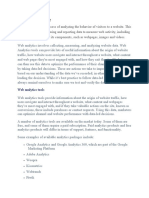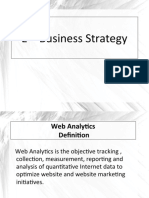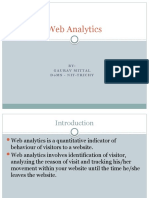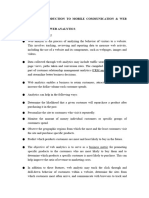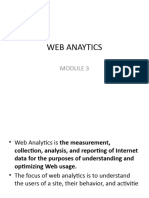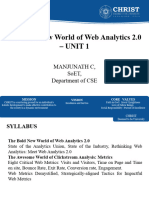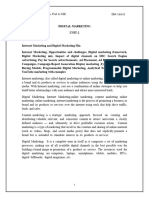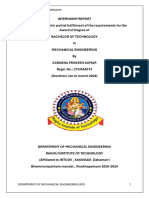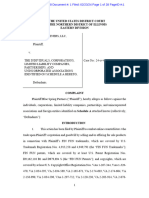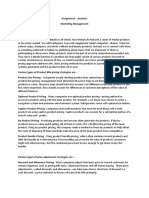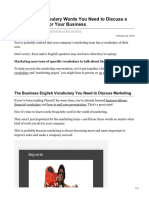0% found this document useful (0 votes)
79 views13 pagesIntroduction To Web Analytics (Unit-1 II Part)
Uploaded by
pandianuma27Copyright
© © All Rights Reserved
We take content rights seriously. If you suspect this is your content, claim it here.
Available Formats
Download as PPTX, PDF, TXT or read online on Scribd
0% found this document useful (0 votes)
79 views13 pagesIntroduction To Web Analytics (Unit-1 II Part)
Uploaded by
pandianuma27Copyright
© © All Rights Reserved
We take content rights seriously. If you suspect this is your content, claim it here.
Available Formats
Download as PPTX, PDF, TXT or read online on Scribd
/ 13













